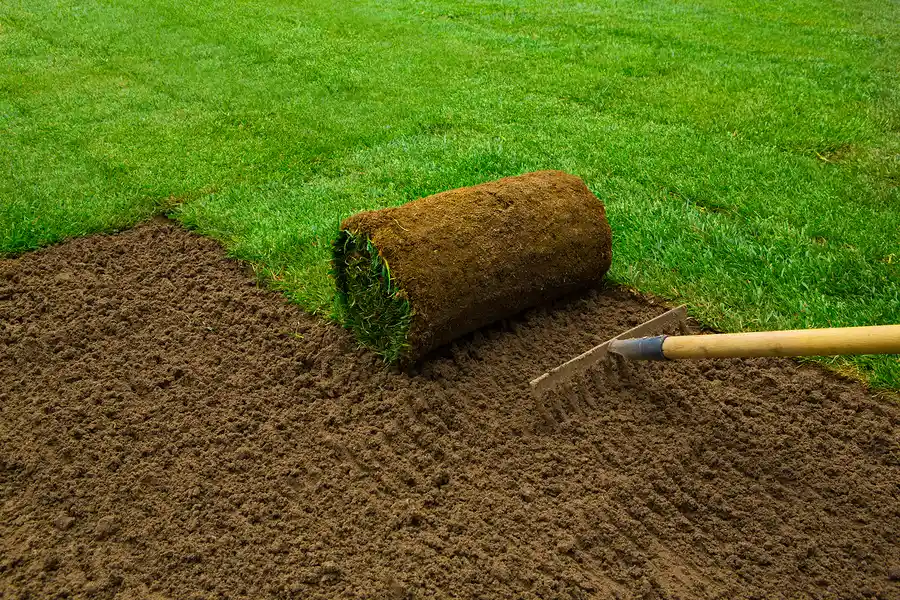New Sod Installation

Installing new sod is a great way to quickly establish a lush, green lawn. Here are some details to consider when installing new sod:
-
Soil preparation: Before laying new sod, it's important to prepare the soil properly. This typically involves removing any old grass or weeds, tilling the soil to loosen it up, and adding compost or other soil amendments to improve the soil's fertility and drainage.
-
Sod selection: Choose high-quality sod that is appropriate for your climate and soil conditions. Look for sod that is healthy, uniform in thickness, and free from weeds or pests.
-
Timing: The best time to install new sod is during the cooler months of the year, when temperatures are mild and there is plenty of moisture in the soil. Avoid installing new sod during hot, dry weather, as it may struggle to establish.
-
Installation: Lay the sod in a staggered pattern, like bricks, to ensure that the seams are tightly knit together. Water the sod immediately after installation to help it settle into the soil and encourage root growth.
-
Watering and maintenance: After installation, it's important to keep the new sod well-watered to help it establish. Water deeply and frequently in the first few weeks, gradually reducing the frequency as the sod becomes established. Avoid mowing the new sod until it has rooted into the soil and is firmly established.
-
Fertilization: Once the new sod has rooted and begun to grow, it may benefit from a light application of fertilizer to promote healthy growth.
By paying attention to these details, you can help ensure that your new sod establishes well and provides a beautiful, green lawn for years to come.